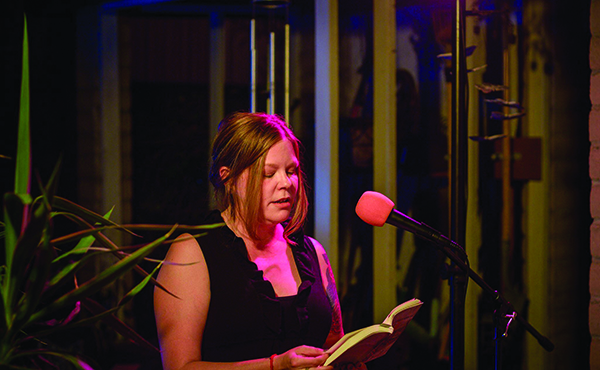
Selah Saterstrom reading at a recent Fair Weather Reading Series event.
Photo courtesy Kristen Nelson
“This is a place that has always catered to people’s passions,” explains Kristen Nelson, cofounder and current, but soon-to-be previous, executive director of literary arts nonprofit Casa Libre en la Solana.
“It’s a place where people with a passion, idea or concept could say, ‘Hey, I want to do this,’ and Casa Libre would say, ‘Yes, how can we help you?’”
Nelson makes it clear that the writing center she’s helmed for over 13 years is not closing its doors; it is going forward full steam ahead and actively searching for a new leader to carry the organization’s mission, spirit and “have the agency to create what they want with this place and incorporate what they are passionate about, what they care about.”
It’s a chilly Friday night in December, but Nelson and I stay warm under a propane heater. We’re sitting, bundled up, in the breezeway of her 1898 commercial adobe property on Fourth Avenue that shares the same name as the literary organization. Wine and snacks are being enjoyed in relaxed camaraderie because – full disclosure – Nelson and I have been professional colleagues and friends for many years. She reflects on Casa Libre’s history (inextricable from her own), what informed its creation, evolution and what the nonprofit is looking for in its new executive director when Nelson steps down on June 30, 2017.
Incorporated in July 2003, Casa Libre has operated as a connection point for the Tucson writing community for close to 14 years, offering an event space for readings, salons, book releases, workshops, fundraisers – and certainly some hell raisers – to serve groups traditionally not supported by mainstream writing outlets.
“We have tailored our vision and our mission specifically to writers of color, female writers, LGBTQIA writers, and emerging

An example of a kite made as part of “Made for Flight,” a youth project started by T.C. Tolbert at Casa Libre to commemorate the lives of murdered transgender people with kite building and poetry writing.
Photo courtesy Kristen Nelson
writers and other underserved groups,” the 38-year-old elucidates. “In the last two years, the board of directors and I recognized how important it was to have that as a stated mission and say, ‘This is why we’re here, this is your place.’ And everyone is welcome to come and be a part of that and enjoy those voices, but we want to serve these voices.”
As a queer female, Nelson is one of those voices. She shares her experiences as a youth in a multiracial neighborhood in Mount Vernon, New York and how that taught her to embrace and celebrate different perspectives. Her racially diverse community, where Nelson was in the white minority, was comprised of socially conscious families engaged in activism and connected to the larger world.
“When I was growing up, my mom got involved in this program called CISV, Children’s International Summer Villages, and we had international students live in our home for months at a time. I learned about different cultures all over the world – Costa Rica, Guatemala, Portugal, France, Spain, Taiwan, Egypt, Greece. I grew up with this sense that the United States is not centric; we are part of a world community.
“And then I just started paying attention. I recognized that I was queer somewhere around 16-years-old. I grew up in a family that was incredibly loving and supportive of who I am, they always have been – regardless of sexual identity, regardless of career path – and really believed in the concept that you can do anything you want to do.”
As Nelson navigated college and met other queer individuals and people of different races, she recognized the privilege she had even as she was personally experiencing discrimination.
“I saw my own challenges in terms of publishing, in terms of sharing my work, getting my voice heard. From my own personal experience and paying attention to other voices that were trans voices, paying attention to people of color’s voices, international voices and how much harder so many underserved groups in the world have it. I recognized that I would never be imprisoned for writing a poem and what a privilege that was. Growing up in an activist, socially conscious, super, super liberal family helped. And that taught me to pay attention, and from there, that grew.”
While at the University of Tampa – as a junior with only three semesters left on her scholarship – Nelson knew she had to change her major from marine biology to English. “I feel like college taught me to pursue my passions, it was really then that I started to identify as a writer,” Nelson shares. She jumped right into the field with a summer internship at The Village Voice in 1999, worked as a journalist post-graduation at The Rivertowns Enterprise and then 9/11 happened.
Nelson describes New York City as being in chaos and how her sources were calling to describe the violence happening against Muslims and people who were presumed to be Muslim, articles she knew were important to write. But her publisher refused to print those stories, saying the charged topics were too political.
“I thought, ‘This isn’t why I am a journalist. I’m a journalist to tell the truth, I’m a journalist to report.’ I took that really seriously. When I left New York, I was jaded after that experience and decided I wanted to work in a different field. I wound up, because of my science background, getting a job (eight months after arriving in Tucson) at what is now UA’s Institute of the Environment.”
It was the idea of starting Casa Libre with her then-partner that brought the two of them to Tucson in April 2003. The couple had envisioned an organization that would serve as both a community center and a space to host writers’ residencies – which is exactly what they did.
She explains that they were “looking for a fresh start in a place that had a vibrant queer community, a vibrant arts community, and a sense of opportunity about it. The literary community here was already so rad. Kore Press had been around for 10 years already; the Poetry Center was thriving and raising money to build their new building at the time. Spork Press, Chax Press, POG, Tucson Poetry Festival, all of these organizations really embraced Casa Libre. When I started to meet the folks running those organizations, they were excited to collaborate and support something new. In particular at the time, the Poetry Center and Kore Press – Lisa Bowden was such a huge supporter of Casa Libre from the beginning – so it felt like there were these big sisters and brothers and siblings that were out there going, ‘Come on, you can do this here.’ I felt really engaged from the beginning. It turned from a concept, a dream and a website within a year to an organization.”
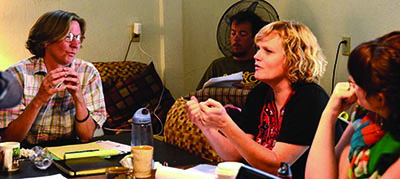
Weekend writing residency led by Rebecca Brown, left; also pictured are Frankie Rollins (center), T.C. Tolbert (background) and Lisa O’Neill (far right).
Photo courtesy Kristen Nelson
Casa Libre’s writer residency program worked for several years, during a period when Nelson was able to secure scholarships through private donations for the winning grantees. When the Great Recession hit in late 2008, the private funding streams dried up and Nelson turned the short-term writers’ residencies into long-term artist live/work spaces over a period of two years.
Throughout Casa Libre’s existence, it has continually strived to adapt to the changing needs of Tucson’s community by hosting meetings to discuss the organization’s role in serving the writing populace. “If you want to know how to better serve your community,” says Nelson. “Ask your community. There’s no mystery there.”
Lisa Bowden, Kore Press’ publisher/cofounder and a longtime collaborator with Nelson, describes Casa Libre as being “a vital center in the community for the literary arts, for discussion and exchange of ideas. An incredible, glowing, magnificent force.” Bowden also shares that partnerships between Kore Press and Casa Libre have included various community projects, activism workshops for youth, along with holding other writing workshops in Casa’s library.
There’s been a bevy of programs Casa Libre has hosted over the years. Nelson easily rattles off a short list – The Writers Studio, The Edge: Emerging Writers, Stjukshon: An Indigenous Reading Series, Kore Press’ First Book winners.
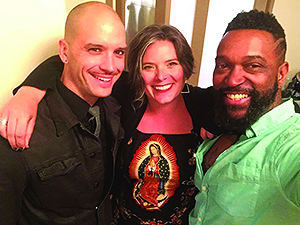
Left to right: Logan Phillips, Kristen Nelson and Roger Bonair-Agard after Logan and Roger’s reading at Casa Libre’s Fair Weather Reading Series.
Photo courtesy Kristen Nelson
“This is also where, after Maggie Golston’s downtown book shop Biblio closed down, Maggie contacted us and said, ‘Hey, I need a place for WIP (Writers In Progress, a UA MFA curated reading series) to be,’ and we housed WIP for eight to nine years.
“There was a need for Casa Libre because we were able to be a central kind of organizing unit for a bunch of different projects. I always pictured us as an octopus, where we had this central head but there were all these tentacles and each of those tentacles were organized by a person or community group. Those are the niches we filled.”
There comes a time for any writer who has worked hard on community projects for years to get to the point where they need to get back to focusing on writing. That time has come for Kristen Nelson. During her almost 14-year tenure at the helm of Casa Libre, she has been a renovator, maintenance person and landlord for her property. She went and got an MFA in creative writing from Goddard College, worked as an adjunct professor at Pima Community College for four years and currently is the program coordinator at UA’s Institute for LGBT Studies.
“That’s my trajectory of professional history, but that whole time, running Casa Libre. And for nine of the 14 years that I’ve run this place, it was unpaid, and that’s not something I want to pass on to the new executive director. Which is why I am not taking a salary this year, we’re fundraising, and we’re getting money in the bank so no one will be in that position again.”
As we circle back to chat about Casa Libre’s upcoming events – the Fair Weather Reading Series, happening mostly monthly January through May – Nelson lights up and says, “T.C. Tolbert, we haven’t talked at all about T.C.!” She shares that Tolbert was the organization’s assistant director for seven years, who started and ran the Trickhouse events with Noah Saterstrom.
“I started the Fair Weather Reading Series about two years ago, so that was the time T.C. decided to step down as the assistant director to pursue other professional opportunities, with so much love. That was when I started envisioning leaving Casa Libre myself because my best friend and collaborator claimed that opportunity for himself and I thought, ‘Oh wait, wait, and now you’re writing more?’ But I knew that I couldn’t hand over this octopus unpaid to somebody.”
Nelson and her board are in full fundraising mode, she says they are about 40% to their goal and is confident they will reach it by July 1, 2017.
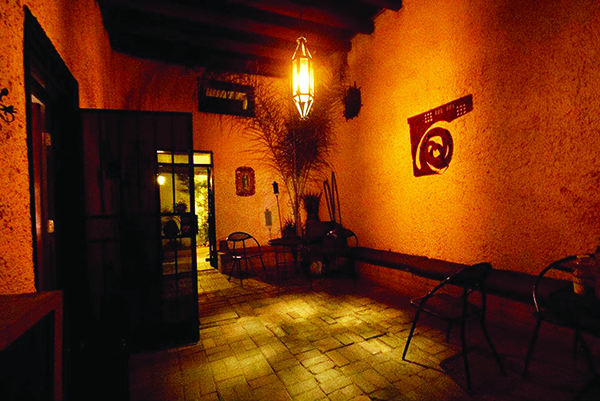
Casa Libre’s outside courtyard.
Photo courtesy Kristen Nelson
Board president Sara Wolfe Vaughan says she is “excited to see what the future holds both for Casa Libre and for Kristen. I’m truly elated that Kristen will have more time to devote to her own art. It’s something she so deserves and we need her work out in the world, maybe now more than ever. Tucson has no shortage of talented artists and I can’t wait to meet our candidates.”
Reflecting on what they are looking for in a new leader, Nelson shares that they’d “really like somebody who has some experience running events, particularly in the nonprofit world and also someone who has development experience. Someone who has the skills to continue it forward in a new way.”
To donate, visit CasaLibre.org/donate.html. The Fair Weather Reading Series is Jan. 17, 7 p.m. A $5 donation gains entrance at 228 N. 4th Ave. to hear from Garnette Cadogan, Jordan Flaherty and Yanara Friedland. Learn more at CasaLibre.org/events.html. Check out Nelson’s writings and sundries at KristenENelson.com.
 The vivacious Jillian Bessett – leader and singer/songwriter, keyboardist and multi-instrumentalist of Tucson’s beloved Jillian & The Giants – is spearheading a concert fundraiser for Emerge! Center Against Domestic Abuse on May 13. You should go.
The vivacious Jillian Bessett – leader and singer/songwriter, keyboardist and multi-instrumentalist of Tucson’s beloved Jillian & The Giants – is spearheading a concert fundraiser for Emerge! Center Against Domestic Abuse on May 13. You should go.
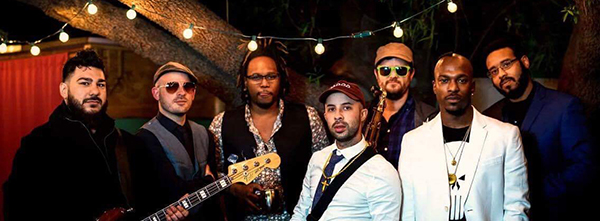
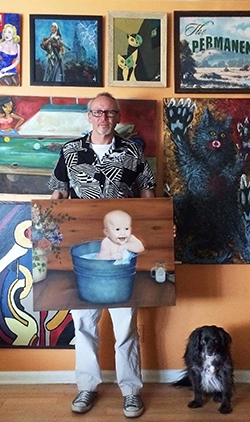



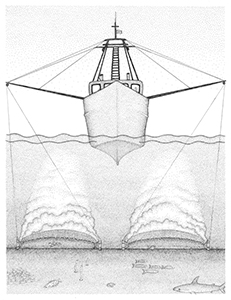
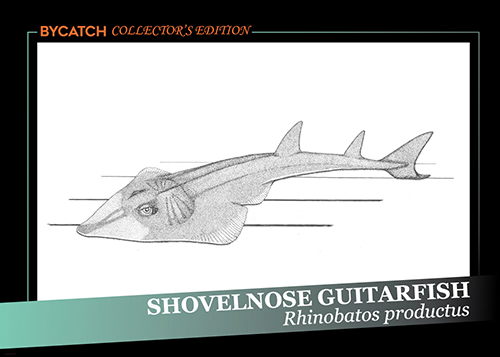
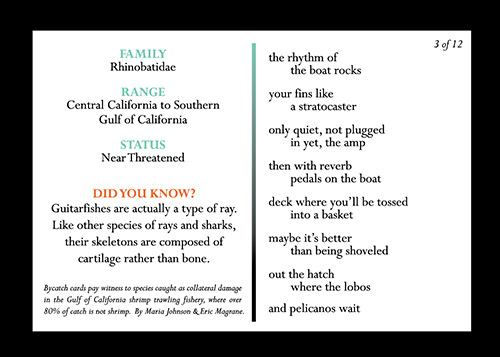
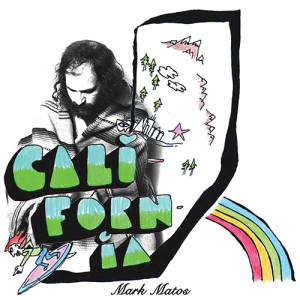 Mark Matos
Mark Matos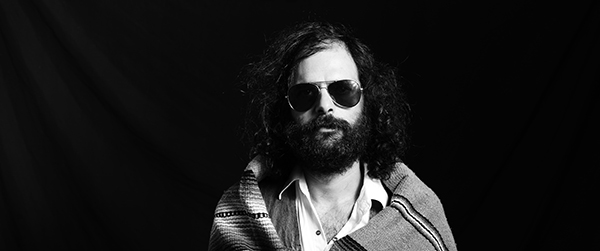
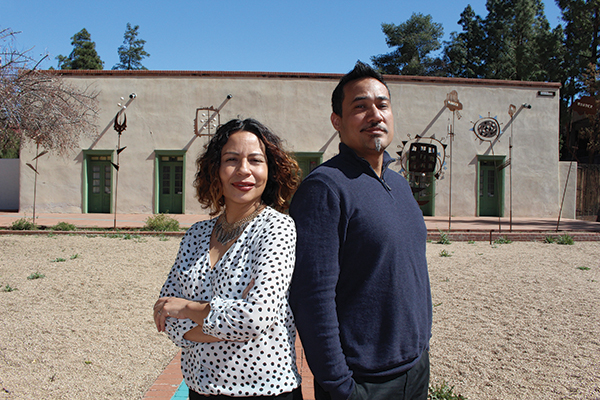



 WHEREAS, the City of Tucson encourages all citizens to take inspiration from these messages as we work together to create an inclusive, welcoming city; and
WHEREAS, the City of Tucson encourages all citizens to take inspiration from these messages as we work together to create an inclusive, welcoming city; and






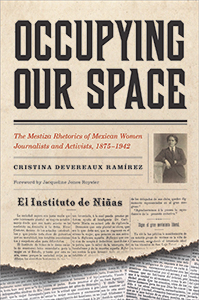 Ramírez provides historical background that allows readers to comprehend the societal context and conditions in which these women were writing. Without it, we’d miss the importance of their work. We would not fully understand how dire the circumstances were for women and indigenous groups and how dangerous it was for them to speak out. Through this background, we can fully appreciate the women’s vanguard role in trying to establish gender and cultural equality in Mexico. Ramírez’s research gives a solid case for including Mestiza voices in the rhetorical canon.
Ramírez provides historical background that allows readers to comprehend the societal context and conditions in which these women were writing. Without it, we’d miss the importance of their work. We would not fully understand how dire the circumstances were for women and indigenous groups and how dangerous it was for them to speak out. Through this background, we can fully appreciate the women’s vanguard role in trying to establish gender and cultural equality in Mexico. Ramírez’s research gives a solid case for including Mestiza voices in the rhetorical canon.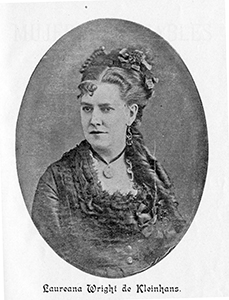
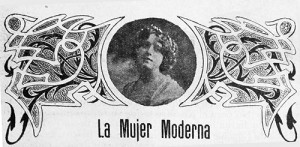
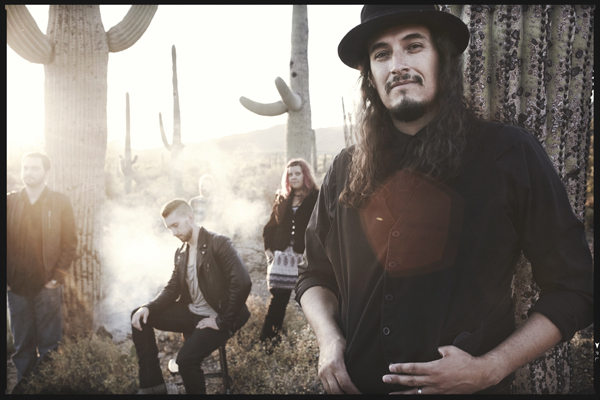
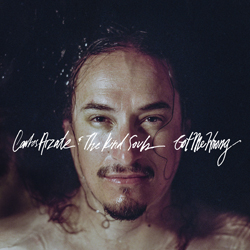
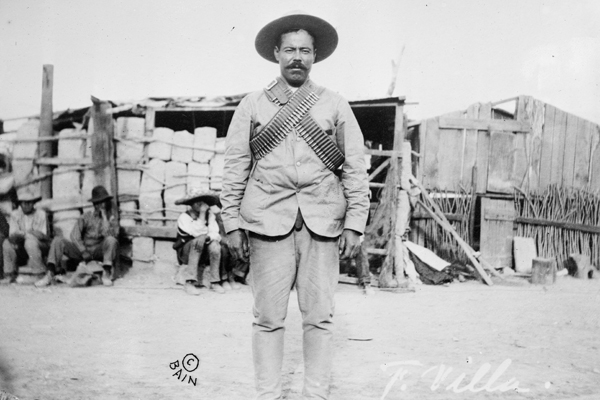




Also find us on...